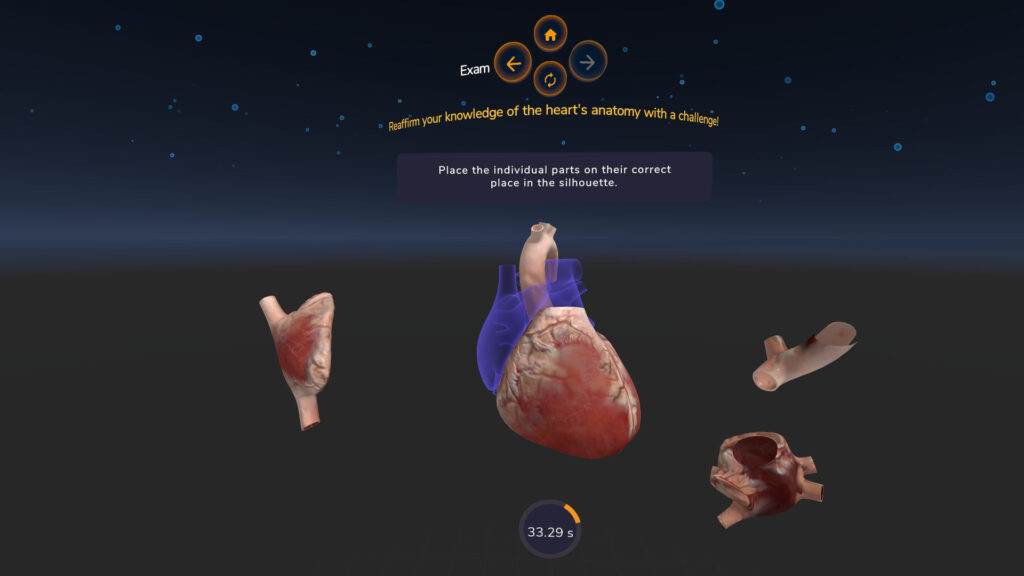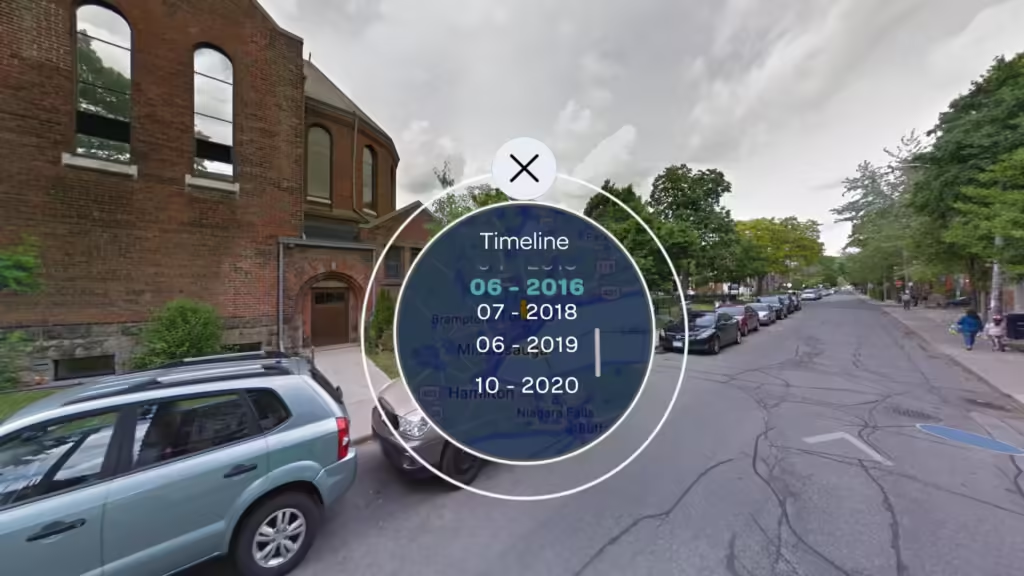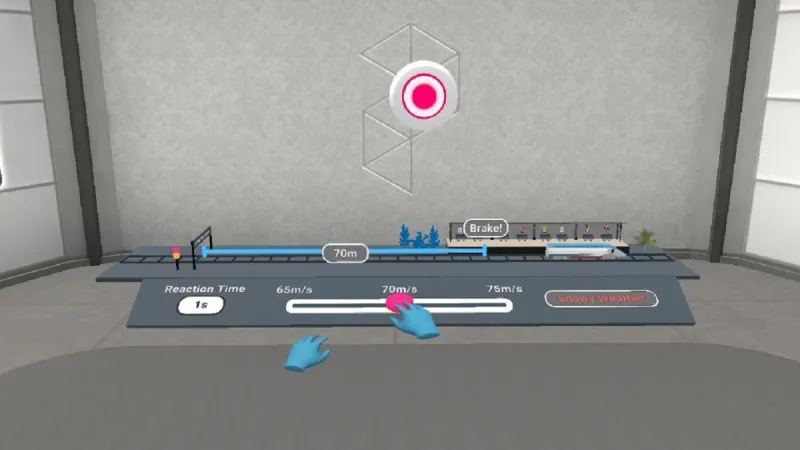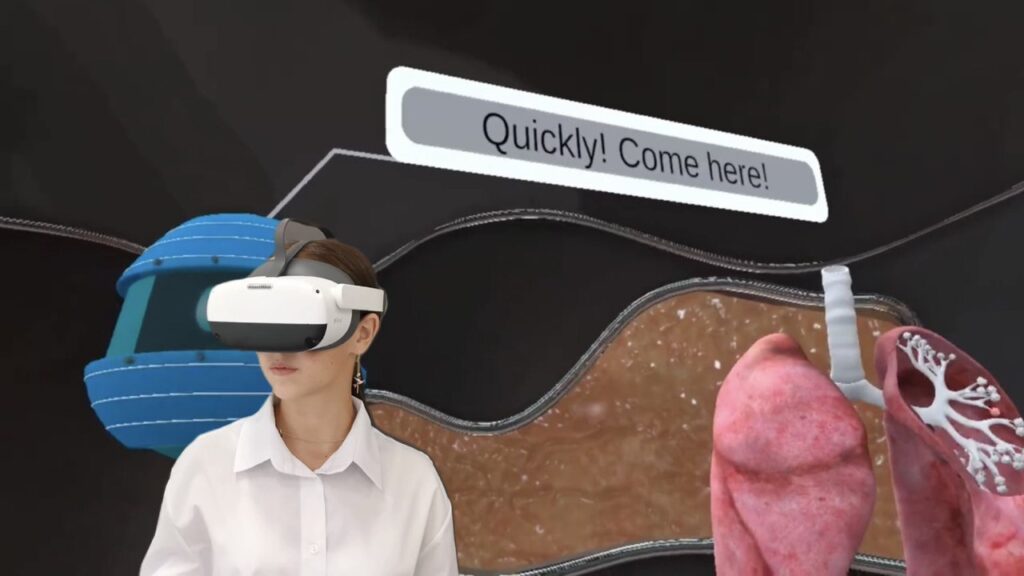

Looking for VR educational tools that enrich learning, spark curiosity, and deliver an interactive learning VR experience? Whether you’re a teacher, a curious parent, or a student eager to see what cutting-edge technology can do, we’ve got five outstanding educational VR apps to recommend. Some are perfect for at-home exploration, while others might fit right into your VR in the classroom setting if used thoughtfully. Let’s dive in!

VR for Schools: Better as Extracurricular, But Potentially Useful
Awake Heart offers a detailed, interactive look at the heart, guiding you through chambers, valves, and blood flow. It’s fantastic for students craving immersive VR biology content. Although the app doesn’t specifically align with a school curriculum, teachers can suggest it as a home-based learning tool to complement lessons on human anatomy. It’s also a good way to see how VR in schools could work for medical or health-related courses, once integrated into a digital classroom environment.

VR in the Classroom: Specifically Designed for School Use
Why It’s Awesome
While many VR apps are standalone experiences, XReady Lab content is crafted for VR learning in official school programs. For instance, their solutions cover a range of STEM subjects:
All XReady Lab simulations are:
XReady Lab stands out by bridging the gap between VR solutions for schools and official syllabi. If you want a VR classroom environment that truly complements course objectives, this is a prime example of how technology in education can work seamlessly.

Extracurricular Exploration at Home
Wander is like having Google Street View in VR, letting you drop into practically any spot on the globe. Want to spark curiosity about geography, history, or culture? Wander’s got you covered. Although not explicitly designed for a VR in the classroom setting, imaginative teachers can incorporate it into interactive classroom projects—like exploring famous landmarks or historical sites. This approach exemplifies how to use VR for learning even if it wasn’t built with a school curriculum in mind.

Inspiring STEM Enthusiasm Through Real Astronaut Experiences
If you’re seeking an app that ignites a child’s enthusiasm for STEM careers, Mission: ISS is a perfect example. Students get a realistic sense of life on the International Space Station, learning about orbital mechanics, daily routines in microgravity, and scientific experiments. While it may not mesh seamlessly into day-to-day VR school lessons, it’s invaluable for benefits of VR education in sparking big dreams. For more insights on how role models in media can shape STEM ambitions, check our articles on media influence and closing the gender gap.

Great for Classroom Usage with Teacher Support
Prisms Math exemplifies how educational VR apps can support and enrich a digital classroom. By providing structured modules and VR educational games, it aligns well with math lessons, helping students understand complex, abstract concepts through hands-on interaction. It’s a strong candidate for classroom VR integration, showing teachers a path toward deeper engagement and better conceptual mastery.

Many assume VR in schools is still a futuristic idea, but today’s VR headsets for education—ranging from Pico VR vs Meta Quest (Oculus) —are more accessible than ever. Beyond simple novelty, VR education companies are creating robust, curriculum-aligned products. Whether your focus is VR physics, VR biology, or VR chemistry, there’s a VR learning platform to meet those needs.
For teachers:
For parents:
Encourage children to try constructive apps to experience benefits of VR education in a relaxed, home setting.
If you’ve ever wondered how to use VR for learning or sought immersive education experiences, these top 5 VR education apps can serve as a springboard. Each app offers something unique:
Whether you’re aiming for a smart classroom environment or seeking quality extracurricular engagement, VR technology in education has the potential to revolutionize learning. Explore these options, pick the ones that resonate with your goals, and see how a VR educational app can transform both your teaching and students’ experiences.
From VR for school integration to at-home exploration, the power of VR can unlock new levels of engagement and curiosity in learners of all ages.
Frequently Asked
We prodive VR biology, VR physics, and VR chemistry simulations. Please, check our catalog.
Please, fill the form to get demo labs for free.
Please contact our customer support service at support@xreadylab.com or book a call with the team to find out the conditions and book the VR class set up at your school.
Subscription to XReady Lab interactive VR labs. If you are a school, then you are also given access to the VR classroom system. VR class system helps you easily launch VR lessons for a large number of students, follow the experience of each student, as well as customise the content without developers.
We adhere to the world’s generally accepted recommendations and research. Our products are suitable for children from 12 years old.